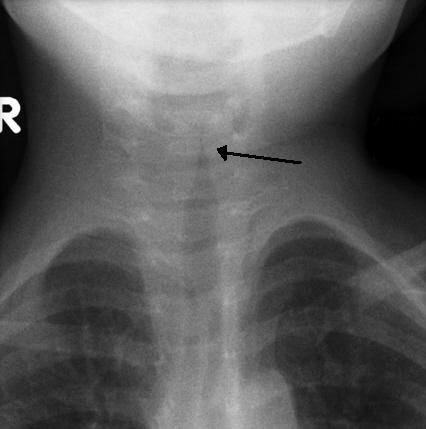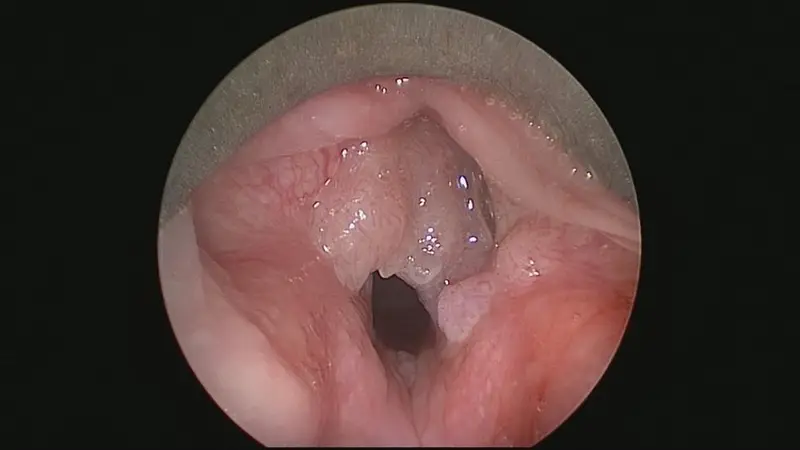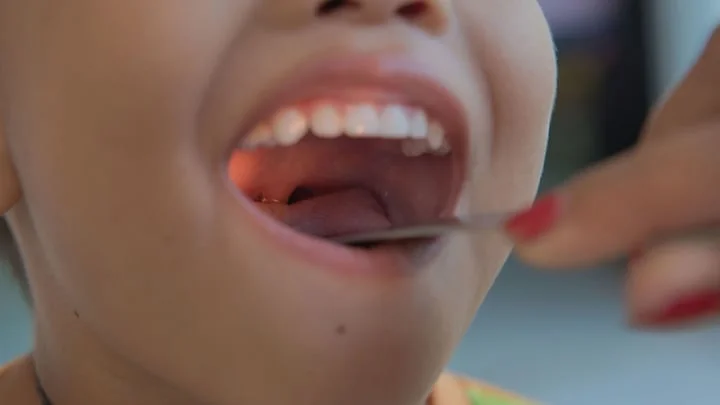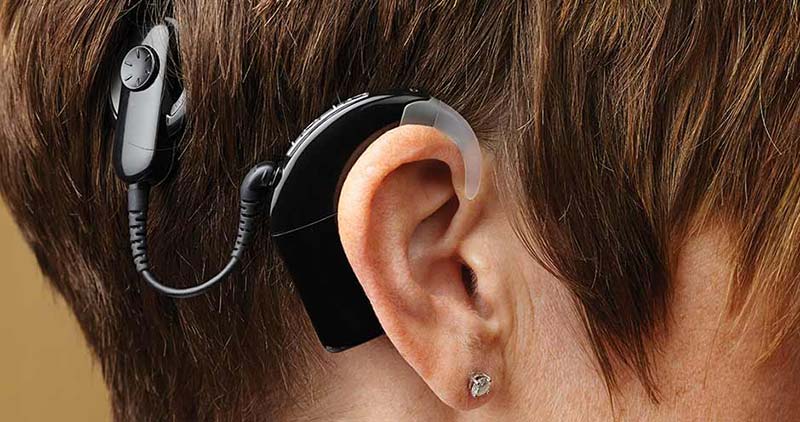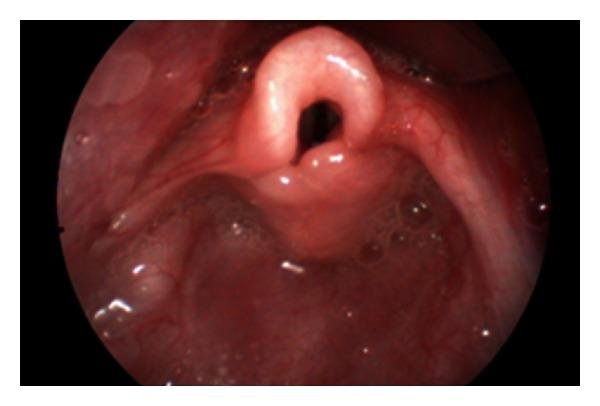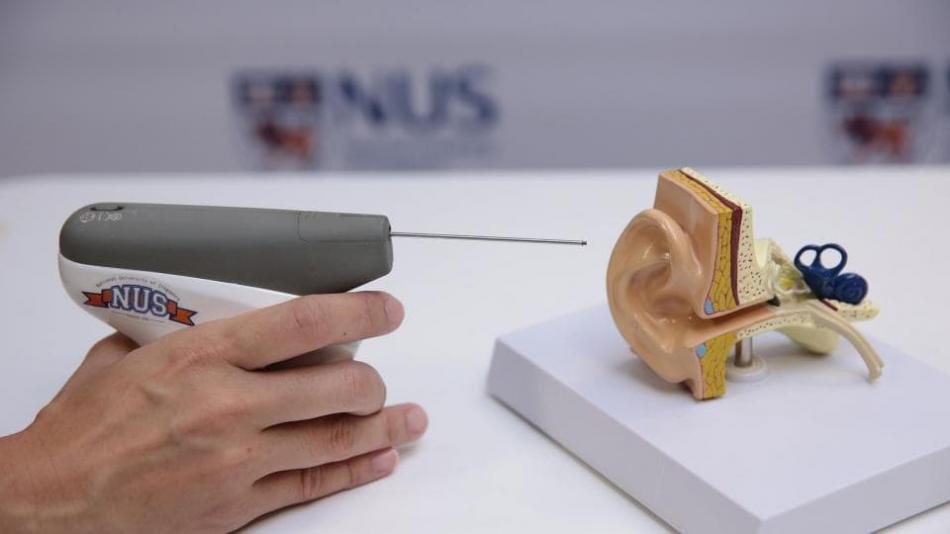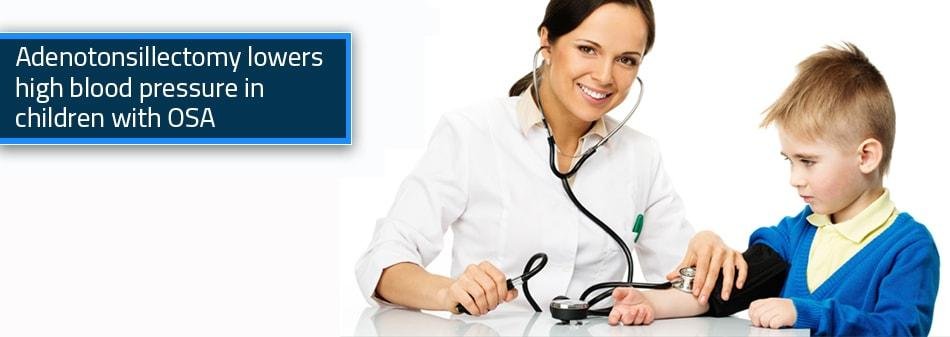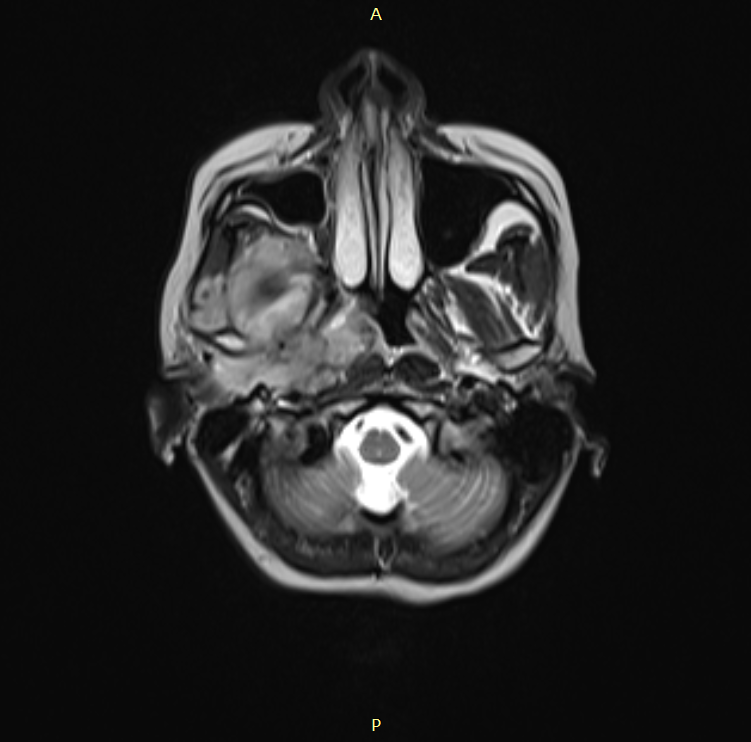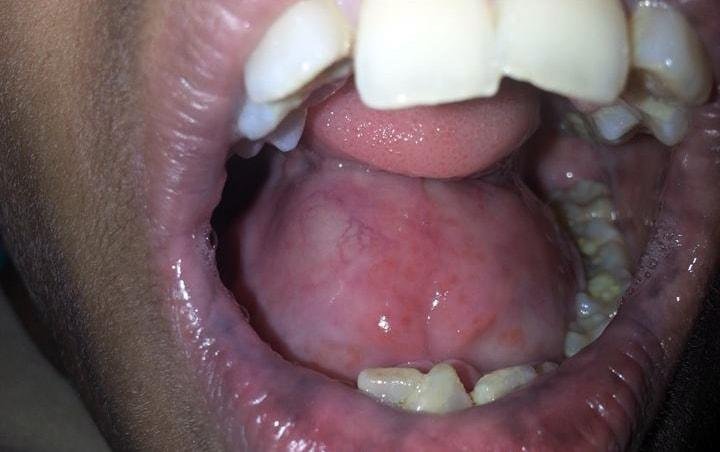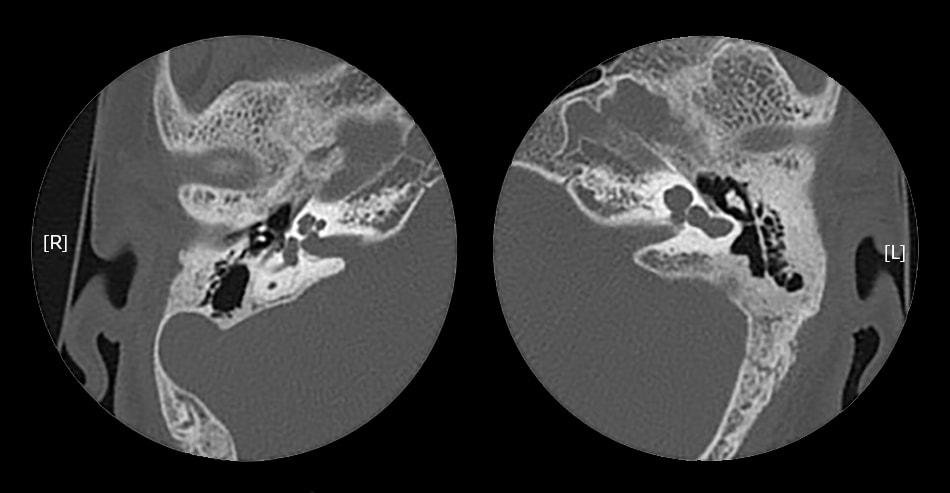Pediatric Hearing loss: What Parents Need to Know?
Pediatric Hearing loss is one of the leading birth defects in humans, occurring in about five out of every 1,000 children worldwide. Hearing loss or deafness in children is a […]
Posted on
Subglottic Stenosis – Clinical Features and Treatment
Subglottic stenosis is a clinical condition occurring due to the narrowing of the subglottic lumen of the larynx (voice box) at the region of the cricoid cartilage. Based on the […]
Posted on
Ultrasound Otoscopes For Aiding Diagnosis Of Middle Ear Infections
Middle ear infections are one of the most common problems for a clinical visit to an otolaryngologist. The disease is more prevalent in pediatric populations but can affect any age […]
Posted on
Recurrent Respiratory Papillomatosis – Clinical features, Diagnosis and Treatment
Recurrent Respiratory Papillomatosis (RRP) also known as juvenile-onset laryngeal papillomatosis/ laryngeal papillomatosis, is a rare airway disease characterized by the development of small, wart-like growths (papillomas) anywhere in the respiratory […]
Posted on
Does my child need tonsillectomy? – Indications for pediatric tonsillectomy
Tonsillectomy is a surgical procedure performed with or without adenoidectomy that completely removes the tonsil, including its capsule, by dissecting the peritonsillar space between the tonsil capsule and the muscular […]
Posted on
NICE guidelines for Cochlear implantation in children and adults
The National Institute for Health and Care Excellence (NICE) is a non-departmental public body in England, that provides national guidance and advice to improve health and social care. On 7th […]
Posted on
Laryngomalacia – clinical features, surgical and medical management
Laryngomalacia also called “Dis-coordinate pharyngo-laryngomalacia” is the most common congenital lesion of the larynx (60-70%) and is the most common cause of congenital stridor in neonates and infants. The condition […]
Posted on
Thyroglossal cyst – Pathogenesis, Clinical features and Treatment options
Thyroglossal duct cyst (TDC) is a frequent congenital midline anomaly of the neck which usually manifests during the first decade of life. TDC is an epithelial lined tract that connects the tongue […]
Posted on
CLiKX – A novel device for treatment of Otitis Media with Effusion in Children
Otitis Media with Effusion (OME), also known as Glue ear, Secretory Otitis Media or Serous Otitis Media is a clinical condition characterized by a collection of non-infected fluid in the […]
Posted on
Adenotonsillectomy lowers high blood pressure in children with OSA
Obstructive sleep apnea (OSA) is a spectrum of disorders ranging from simple snoring to complete obstruction of upper airways during sleep, which affects both children and adults. The most common […]
Posted on
Clinical practice guidelines for tonsillectomy
Tonsillectomy is the second most commonly performed surgery in the United States with more than 5,30,000 procedures performed on children younger than 15 years each year. Although tonsillectomy is a […]
Posted on
Staging systems for Juvenile Nasopharyngeal Angiofibroma
Juvenile nasopharyngeal angiofibroma (JNA) is an uncommon, slow-growing, benign but locally invasive vascular tumor arising from tissues in the sphenopalatine foramen inside the nasal cavity. JNAs are also reported to […]
Posted on
Ranula – Clinical presentation, diagnosis and management
Ranula is an uncommon clinical condition characterized by a translucent, blue cystic swelling in the floor of the mouth, arising due to accumulation of extravasated mucus from the sublingual salivary […]
Posted on
Incomplete Cochlear Partition Type I
Inner ear malformations (IEM) represent about 20%–35% of the etiology of congenital sensorineural hearing loss (SNHL). Incomplete cochlear partition anomalies characterize a group of IEM with normal cochlear location, external […]
Posted on
Microtia kids get new 3D-printed ears from lab with their own cells
Microtia is a congenital external ear deformity characterized by hypoplasia (incomplete development) of the pinna, ranging from the measurably small external ear with a minimal structural abnormality, to ear with […]
Posted on

